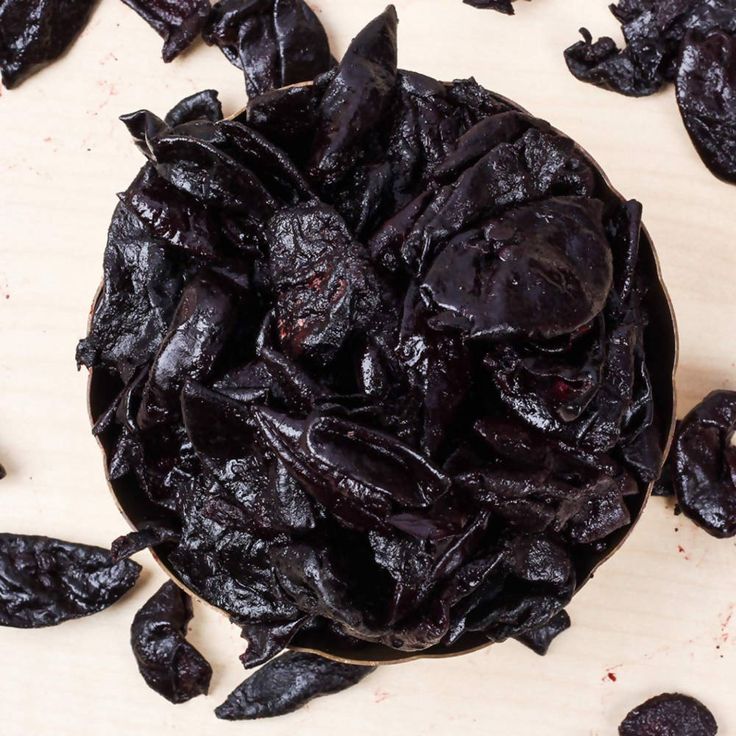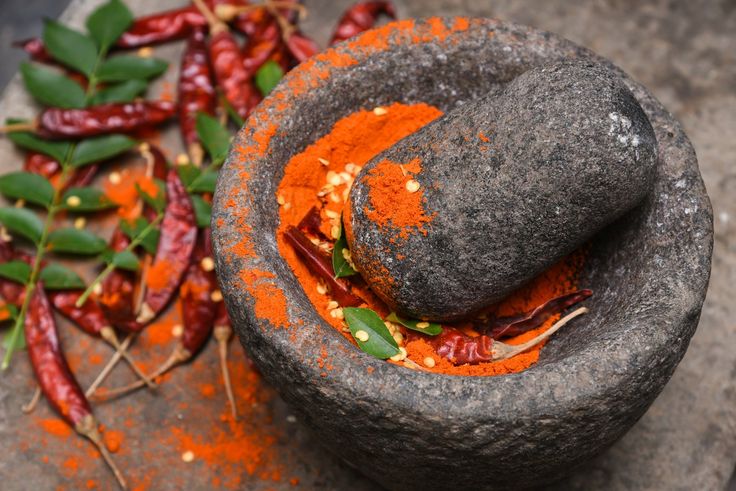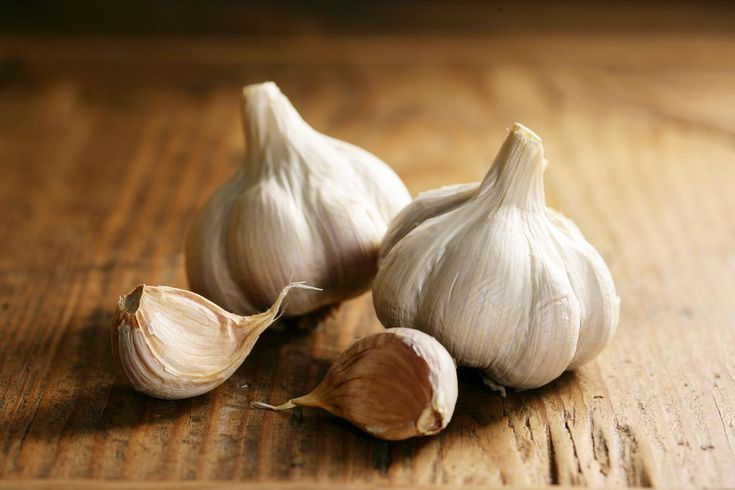"The Heart of Maharashtrian Seafood: Ingredients That Matter"
Freshness First

Fresh seafood is the soul of Maharashtrian cuisine. When choosing pomfret, ensure its eyes are clear and not cloudy, and its gills are bright red. For prawns, the shells should be firm and intact
“At the heart of Maharashtrian seafood lies one golden rule: fresh is best! Imagine the aroma of freshly caught pomfret sizzling in turmeric and masala, or prawns so fresh they still carry the salty scent of the sea. We believe in sourcing our seafood from trusted local fishers who’ve perfected their craft over generations. Whether it’s Surmai for a Sunday fry or Bombay Duck (Bombil) for a crispy treat, freshness sets the stage for a memorable dish.”

The Soulful Spices
“In every Maharashtrian kitchen, spices aren’t just ingredients—they’re memories. The earthy warmth of malvani masala reminds us of family meals on festive days. The tang of kokum, with its dark purple hue, evokes summers spent in Konkan villages.
Kokum: Kokum is an essential ingredient in Malvani seafood cuisine, adding a tangy, slightly fruity flavor that balances the richness of coconut and spices, enhances the natural sweetness and freshness of seafood, imparts a deep purple hue and earthy aroma to dishes, aids digestion with its cooling properties, and is versatile enough to be used in curries, dry masalas, marinades, and refreshing drinks like Sol Kadhi, making it a hallmark of coastal Maharashtrian cooking.

Coconut: Coconut plays a central role in Malvani seafood cuisine, imparting richness, depth, and a signature coastal flavor.

Malvani Masala:
Complex Flavor Profile: Malvani masala combines earthy, spicy, tangy, and aromatic flavors, with a perfect balance of heat and depth. It often has a slightly smoky undertone, making it unique.
Versatility: It works wonderfully with seafood, meat, and vegetables. Whether you’re cooking a fish curry, chicken, or even vegetarian dishes, this masala can elevate the taste with its bold flavors.
Aromatic: The blend typically contains ingredients like dry coconut, coriander, cumin, black pepper, cloves, and tamarind, which create a strong yet balanced aroma that tantalizes the senses.
Heat: Malvani masala tends to have a moderate to high level of heat, which gives it a satisfying spiciness. The heat doesn’t overpower the dish but complements other ingredients.
Cooking Secrets Shared
- Always marinate your seafood with salt and turmeric before cooking—it locks in flavor and removes any lingering odors.
- For dishes like Kolambi Bhaat (Prawns Rice), cook the rice separately and mix it with the masala just before serving to keep the prawns tender.
- Grinding your spices fresh can make all the difference—especially for masalas like malvani or goda.”
- When soaked, kokum releases a deep purple hue, giving dishes an appealing color that is a hallmark of Malvani curries.
- Its aroma adds an earthy and tangy undertone, characteristic of coastal Maharashtrian cuisine.

Health Meets Tradition
- Pomfret: Rich in omega-3 fatty acids, this fish boosts heart health while offering a mild, delicate flavor.
- Turmeric: With anti-inflammatory properties, it’s a staple in most recipes, ensuring your meals are as nourishing as they are delicious.
- Garlic: Known for its heart-friendly properties, garlic adds an irresistible zing to dishes like Prawns Koliwada.”


Ingredient Substitutions for a Global Audience
“Cooking Maharashtrian seafood outside India? No problem!
- Substitute fresh kokum with cranberry juice or tamarind paste to replicate its tangy taste.
- Can’t find fresh grated coconut? Use frozen coconut or canned coconut milk to whip up creamy curries like malvani Fish Curry.
- For authentic masalas, look for brands like ‘Bedekar’ or ‘Everest,’ available in Indian stores worldwide.”
